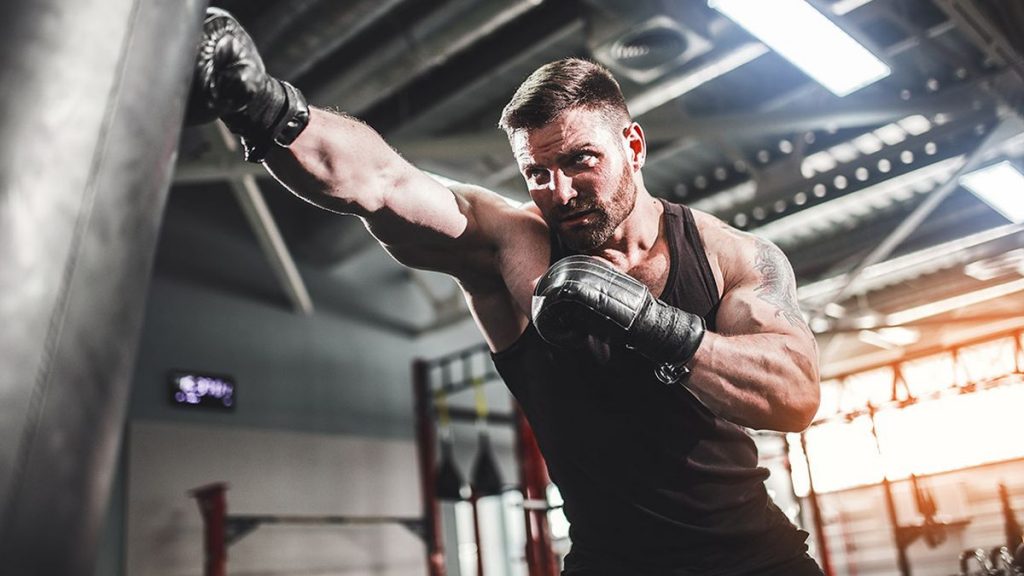As more people start training in boxing, a very small portion of them will become skilled in the advanced boxing training techniques. The reason is that more people join not to become professional boxers but to pick up some basic self-defense skills, or maybe just joined to lose some weight or get in better physical shape. However, if you are one of those few who joined to become a great boxer and have gone beyond the basics and figured out some great footwork and have developed a good sense of your punching style and are focused on developing your style or signature power punch, then there are some bigger things that you should now start considering in your training. There are specific advanced boxing training techniques that all boxers should learn to master. This guide is designed to help you in understanding those advanced boxing training techniques.
Training schedule
You have started training consistently and are focused on your strength and conditioning as well as power punching. But that is not all there is to boxing. A boxer must maintain a very strict regimen and be able to effectively manage his or her time to include a healthy portion of training that utilizes strength and conditioning, sparring, as well as additional training’s focused on regimens detailed below.
Energy conservation
It is important to understand that it is great to be really conditioned but even better to pair that with the ability to conserve your energy so that when you do expend it, you can explode. The source of energy conservation is calmness, patience, and confidence. This is all accomplished with intentional focus on learning the various opponents’ fighting styles and understanding their movements from which you can capitalize.
Reflex training
If you were getting punched in a regular fight, your response to an incoming punch would be flinch, get hit, or run. None of which is a viable option in the ring. Your training should now include defensive reflex development. You can do this by working with a sparring partner where you focus on learned response development on how to respond to different punches. You can start with mitts training as well as a double end bag.
Speed training
Constant practicing on the heavy bag, double end bag, mitts, as well as sparring are great for speed training as you continuously practice your offensive and defensive reflexes to point that such movements become second nature to you. In doing this, when your body and brain are in sync with what you need to do, speed is a no-brainier.
Following these regimens will help in improving your boxing skill set and give you the ability to improve your performance in the ring.

